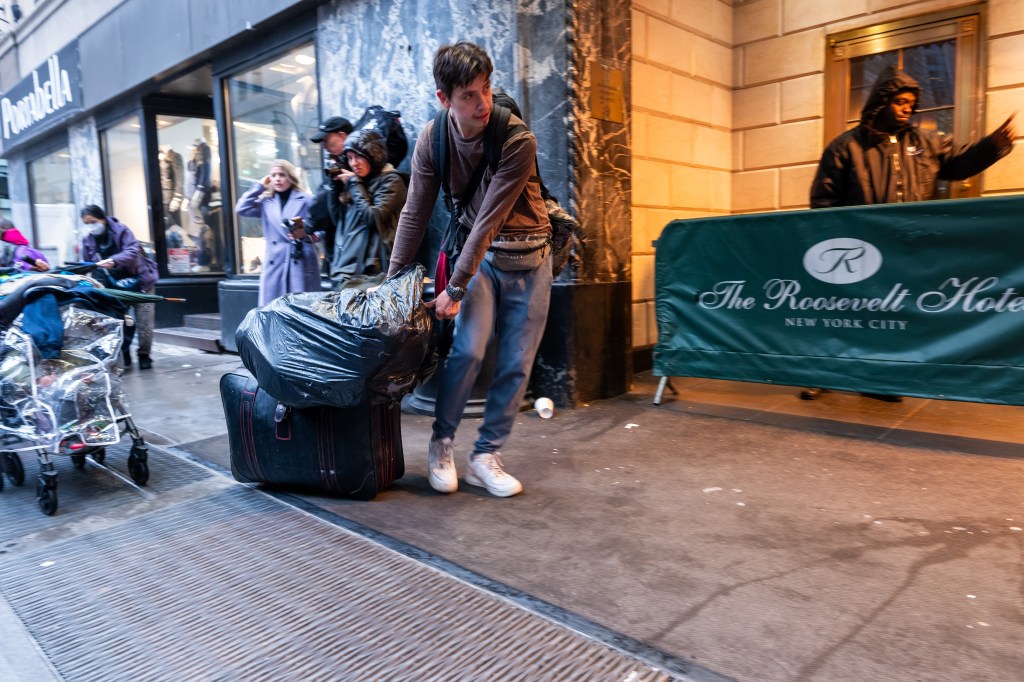The arrival of the summer often means travel. For some migrants it’ll bring trips back to NYC, from which they were already relocated once, and without a clear future plan for where they’ll end up or how they’ll continue to navigate life in the United States.
About 1,500 migrants in temporary emergency shelter upstate will be brought back to the city, with officials drawing up plans for further placements. At least they waited until kids were out of school.
Obviously, this game of hot potato with human beings helps no one and Gov. Hochul has been AWOL, leaving it up to localities like NYC.
The back and forth is not better for the migrants themselves, whose ability to actually establish new lives in the United States now seems perennially delayed and interrupted; it’s not good for NYC, which might have to accommodate them in an already strained alternate shelter system; and it’s not even necessarily good for the counties that the migrants are leaving, which often suffer from declining populations.
We understand that some of these counties complain about having capacity issues in accommodating the arrivals, not least because they’ve often engaged in short-sighted opposition to additional housing construction, which is a debt that always comes due eventually.
But with the proper support, all sorts of places can turn their relationship with asylum seekers into a symbiotic one, where the latter receive stability and work and the former get as dedicated a new workforce as possible, not to mention injections of cultural experience.
Those supports should be coming from the federal government, which is very well versed and equipped in providing them. It’s been doing so for decades, and in a formal, systematized way since the Refugee Act of 1980 (which, by the way, passed in the Senate by a vote of 85-0, in an era where both parties understood that the United States both had a special responsibility towards global humanitarian migrants and could benefit hugely from their arrival).
So far, the Biden White House has rebuffed these entreaties, made by this and other newspapers, advocacy groups, elected officials and others. It has also refused to allocate significant funding for localities to just enact these types of programs themselves, generally preferring a light touch in a futile effort to avoid the radioactivity of immigration as a political issue.
This has failed, largely because the administration’s silence has only enabled confusion and political counter-messaging that is unfortunately turning the public against immigration altogether, to our own detriment.
Hopefully, this might be changing as they realize the failure of this approach, and perhaps evidenced by the positive recent presidential action to allow undocumented spouses of U.S. citizens to access paths to residency. In the meantime, cities like ours can step in and try to replicate this tried-and-true system in some ways, as NYC is attempting to do with its in-progress plan to provide migrants in Buffalo with the runway to set themselves up there.
Perhaps these upstate migrants can be set up in similar programs in Buffalo and elsewhere. Whatever upfront costs this entails will be counteracted entirely by the long-term social and economic benefits of helping asylum seekers reach self-sufficiency faster.
